Welcome! Today, we’re exploring ISO 27001, a globally recognized standard for managing information security. Understanding and implementing ISO 27001 is more crucial in our digital age than ever. Let’s dive in!
Understanding ISO 27001
 ISO 27001, or to give it its full name, ISO/IEC 27001:2013, refers to a standard the International Organization for Standardization (ISO) & the International Electrotechnical Commission (IEC) has developed. These organizations are big names in the world of standards, and they’ve put their heads together to create a robust framework for managing information security.
ISO 27001, or to give it its full name, ISO/IEC 27001:2013, refers to a standard the International Organization for Standardization (ISO) & the International Electrotechnical Commission (IEC) has developed. These organizations are big names in the world of standards, and they’ve put their heads together to create a robust framework for managing information security.
But what does ISO 27001 do? It provides a model for establishing, implementing, monitoring, operating, reviewing, maintaining, and improving an Information Security Management System (ISMS). It’s all about managing risks to your information and ensuring it’s secure. Sounds important, right? It certainly is!
Importance of ISO 27001
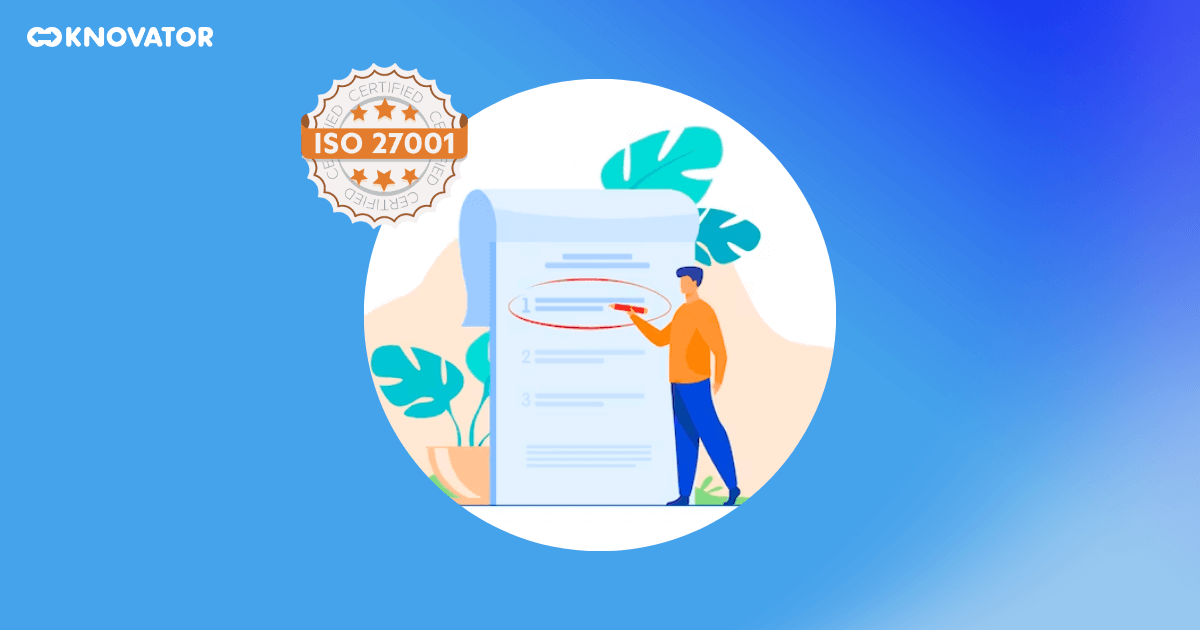 ISO 27001 is not just a fancy name—it’s a crucial standard for businesses worldwide. It’s recognized globally, which can open doors for your business and boost your reputation. But that’s not all. Getting ISO 27001 certified brings a host of benefits.
ISO 27001 is not just a fancy name—it’s a crucial standard for businesses worldwide. It’s recognized globally, which can open doors for your business and boost your reputation. But that’s not all. Getting ISO 27001 certified brings a host of benefits.
Firstly, it helps protect your valuable information. ISO 27001 is built on Confidentiality, Integrity, and Availability. These principles ensure your data is only accessible to those who should have access (Confidentiality), it’s accurate and complete (Integrity), and it’s available when needed (Availability).
Secondly, ISO 27001 helps you comply with laws and regulations related to information security. It also gives you a competitive edge, as customers and partners trust businesses that take information security seriously. Lastly, it helps you manage and minimize risk exposure, ensuring your business can recover from any security incidents.
The Role of an Information Security Management System (ISMS)
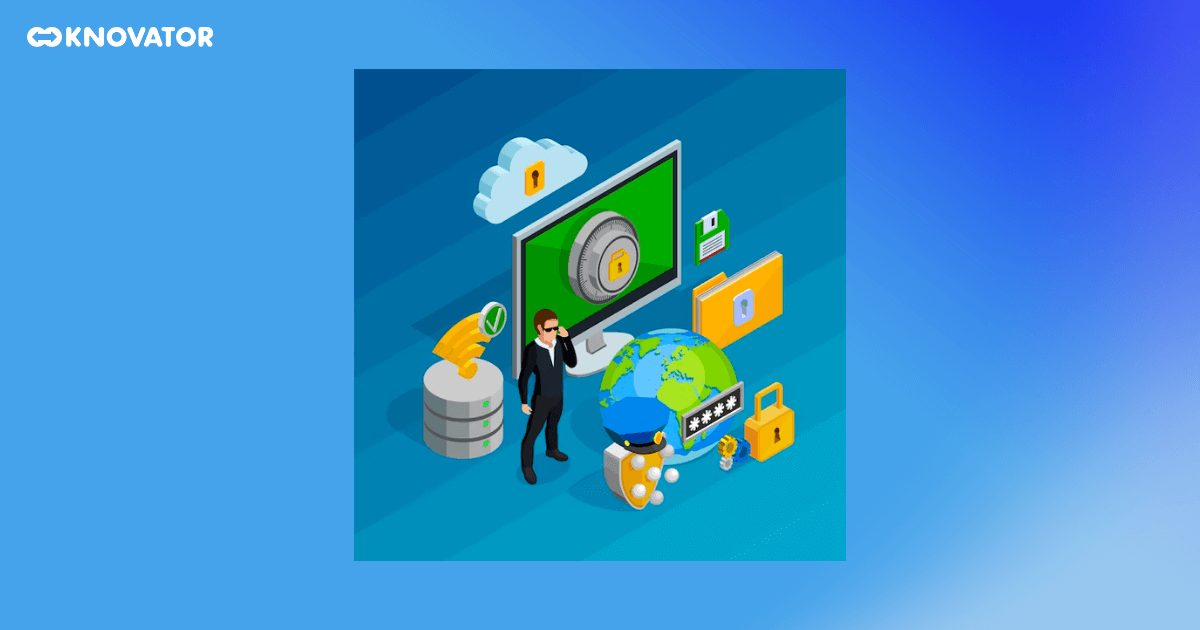 An Information Security Management System (ISMS) is a systematic approach to managing sensitive company information. It’s a crucial part of ISO 27001. But why is an ISMS so important?
An Information Security Management System (ISMS) is a systematic approach to managing sensitive company information. It’s a crucial part of ISO 27001. But why is an ISMS so important?
An ISMS helps you identify and manage the risks to your information. It ensures you have the right controls in place to mitigate these risks. It also enables you to comply with laws and regulations, improving your business efficiency and productivity.
Implementing an ISMS under ISO 27001 can bring four essential benefits:
- Protecting your company’s information.
- Increasing your customers’ confidence.
- Achieving a competitive advantage.
- Ensuring you’re compliant with laws and regulations.
How ISO 27001 Works?
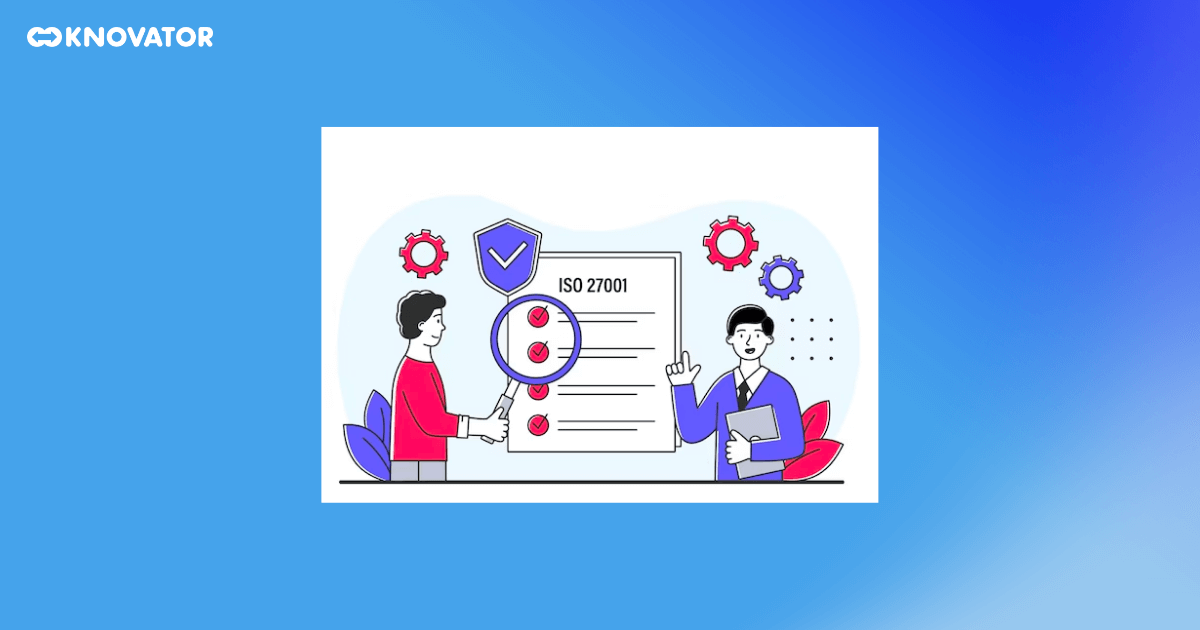 ISO 27001 works by providing a framework for managing information security risks. It involves identifying the risks to your information, assessing their potential impact, and deciding on the appropriate controls to mitigate them.
ISO 27001 works by providing a framework for managing information security risks. It involves identifying the risks to your information, assessing their potential impact, and deciding on the appropriate controls to mitigate them.
These controls are measures that you put in place to protect your information. They can be anything from policies and procedures to technical measures like encryption or firewalls. ISO 27001 provides a list of suggested controls, but it’s up to you to decide which ones are relevant to your business.
Once you’ve implemented your controls, ISO 27001 requires you to monitor and review their effectiveness. This ensures your ISMS remains effective and continues to protect your information.
ISO 27001 Controls
 ISO 27001 controls are the heart of your ISMS. They’re the measures you put in place to manage the risks to your information. ISO 27001 provides a comprehensive set of 114 controls grouped into 14 categories, including access control, communications security, and acquisition, development, and maintenance of information systems.
ISO 27001 controls are the heart of your ISMS. They’re the measures you put in place to manage the risks to your information. ISO 27001 provides a comprehensive set of 114 controls grouped into 14 categories, including access control, communications security, and acquisition, development, and maintenance of information systems.
Each control is designed to handle a specific risk, and you can choose the relevant ones to your business. For example, you might implement access control measures to make sure that just authorized individuals have access to your information. Or, you might use encryption to protect the confidentiality and integrity of your data.
Implementing these controls is a crucial step toward ISO 27001 certification. But remember, it’s not just about ticking boxes. You need to monitor and review your controls to ensure they’re working effectively and continue to manage your risks.
ISO 27001 Requirements
 ISO 27001 has a set of requirements to meet to achieve certification. These requirements are set out in clauses 4 through 10 of the standard.
ISO 27001 has a set of requirements to meet to achieve certification. These requirements are set out in clauses 4 through 10 of the standard.
Clause 4 requires you to understand your organization and its context, along with the needs and expectations of interested parties. Clause 5 requires top management to demonstrate leadership and commitment to the ISMS. Clause 6 involves planning actions to address risks and opportunities.
Clause 7 covers resources for the ISMS and the competence of people doing work under its control. Clause 8 involves operation planning and control. Clause 9 requires monitoring, measurement, analysis, and evaluation, and Clause 10 covers improvement.
One key requirement is the Statement of Applicability (SoA). The SoA is a document that lists all the controls you’ve chosen to implement and explains why they’re relevant to your business. It’s a crucial part of your ISMS and a key document for your ISO 27001 audit.
ISO 27001 Certification
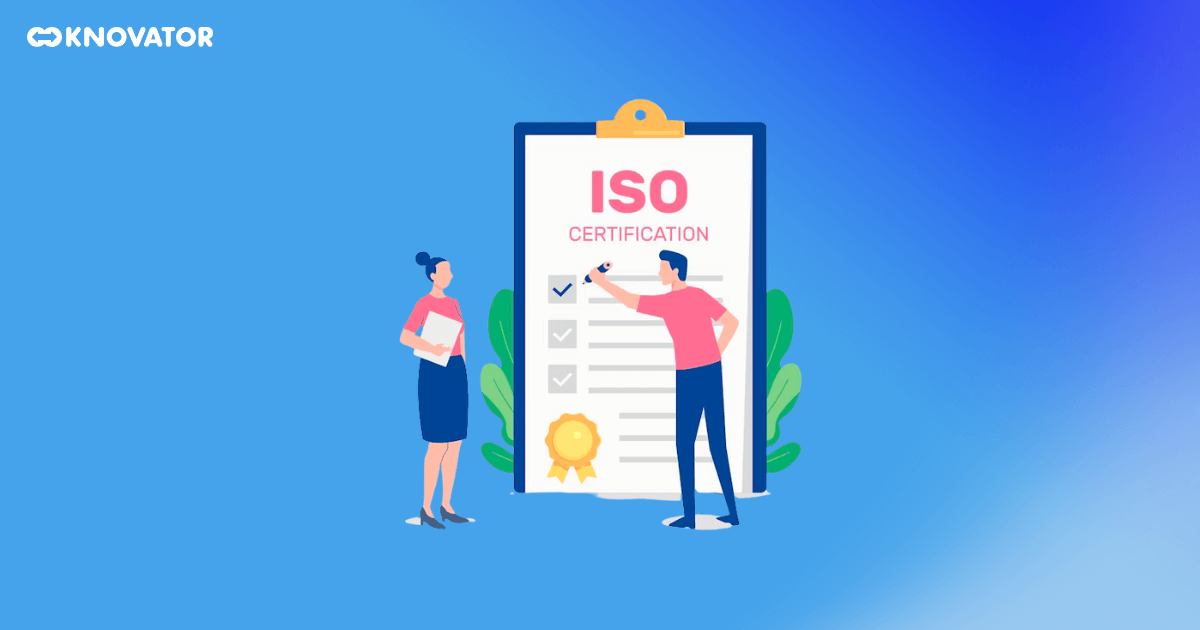 Achieving ISO 27001 certification is a huge milestone. It involves a two-stage audit process carried out by an accredited certification body. The first stage is a preliminary review of your ISMS, while the second stage involves a more detailed examination of your ISMS and its compliance with ISO 27001.
Achieving ISO 27001 certification is a huge milestone. It involves a two-stage audit process carried out by an accredited certification body. The first stage is a preliminary review of your ISMS, while the second stage involves a more detailed examination of your ISMS and its compliance with ISO 27001.
But the journey doesn’t end with certification. ISO 27001 requires ongoing reviews and audits to ensure your ISMS remains effective. This involves regular internal audits, management reviews, and a surveillance audit by your certification body.
Getting certified can bring numerous benefits, from boosting your reputation to helping you win new business. It’s a clear sign that you take information security seriously.
ISO 27001 and Other Standards
 ISO 27001 belongs to a larger family of standards known as the ISO 27000 series. These standards all focus on different aspects of information security, and many support the implementation of ISO 27001.
ISO 27001 belongs to a larger family of standards known as the ISO 27000 series. These standards all focus on different aspects of information security, and many support the implementation of ISO 27001.
For example, ISO 27002 provides a detailed guide to implementing the controls listed in ISO 27001. ISO 27003 guides on implementing an ISMS, and ISO 27004 covers information security management measurement.
These standards can be used alongside ISO 27001 to provide a comprehensive approach to information security. They help ensure your ISMS is robust, effective, and aligned with best practices.
Implementing ISO 27001
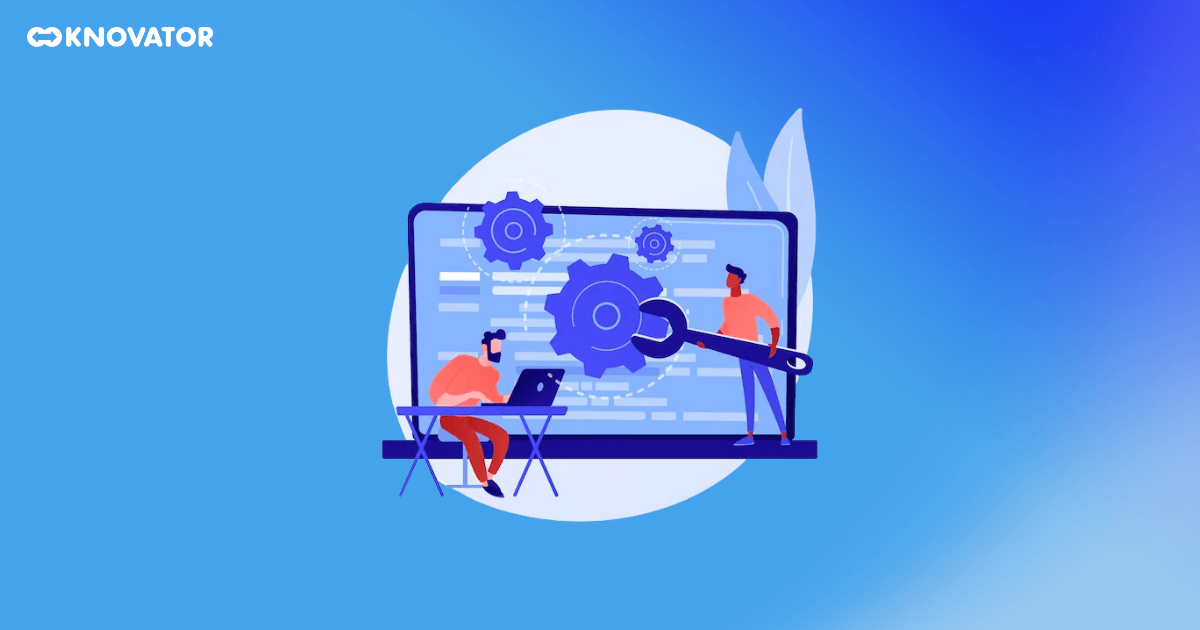 Implementing ISO 27001 involves several steps. First, you must understand your organization’s context and define your ISMS scope. Then, you need to conduct a risk assessment to identify the risks to your information.
Implementing ISO 27001 involves several steps. First, you must understand your organization’s context and define your ISMS scope. Then, you need to conduct a risk assessment to identify the risks to your information.
Once you’ve identified your risks, you can select the appropriate controls from ISO 27001 to manage these risks. You’ll also need to prepare a Statement of Applicability (SoA) that lists your chosen controls and explains their relevance.
Next, you must implement your controls and establish procedures for monitoring and reviewing their effectiveness. Finally, you’ll need to prepare for your ISO 27001 audit, which involves demonstrating your compliance with the standard to an accredited certification body.
Continuous Improvement and ISO 27001
Continuous improvement is a key principle of ISO 27001. It’s not enough to implement an ISMS and leave it at that. You need to continually review and improve your ISMS to ensure it remains effective.
This is where the Plan-Do-Check-Act (PDCA) cycle comes in. This cycle involves planning your ISMS (Plan), implementing your controls (Do), monitoring and reviewing your ISMS (Check), and taking action to improve your ISMS (Act).
By following the PDCA cycle, you can ensure your ISMS manages your risks effectively and keeps up with changes in your business and the wider environment. It’s a crucial part of maintaining your ISO 27001 certification and ensuring your information remains secure.
And that’s a wrap on our journey through ISO 27001! We hope this blog has given you a deeper understanding of this important standard and its role in managing information security. Stay tuned for more insights into the world of information security!







